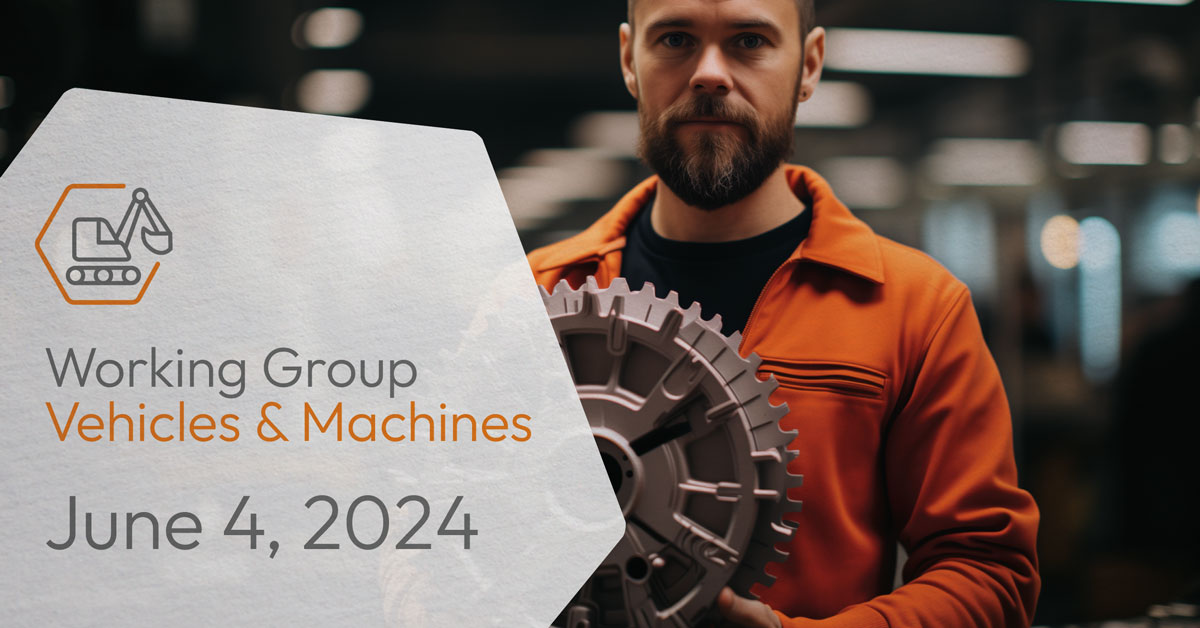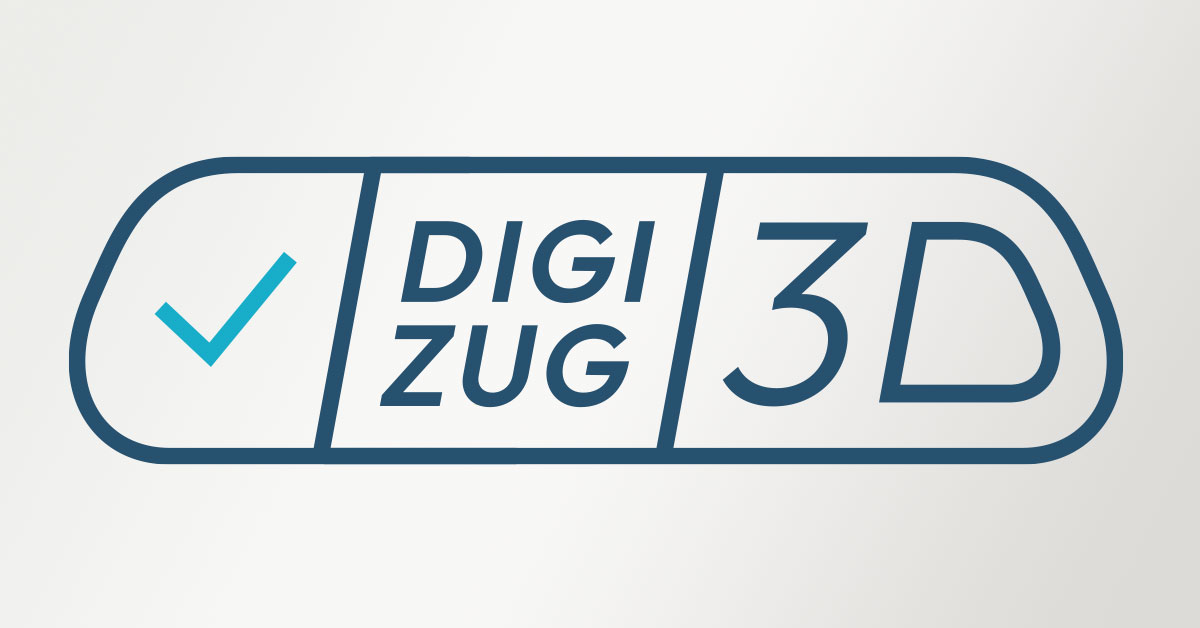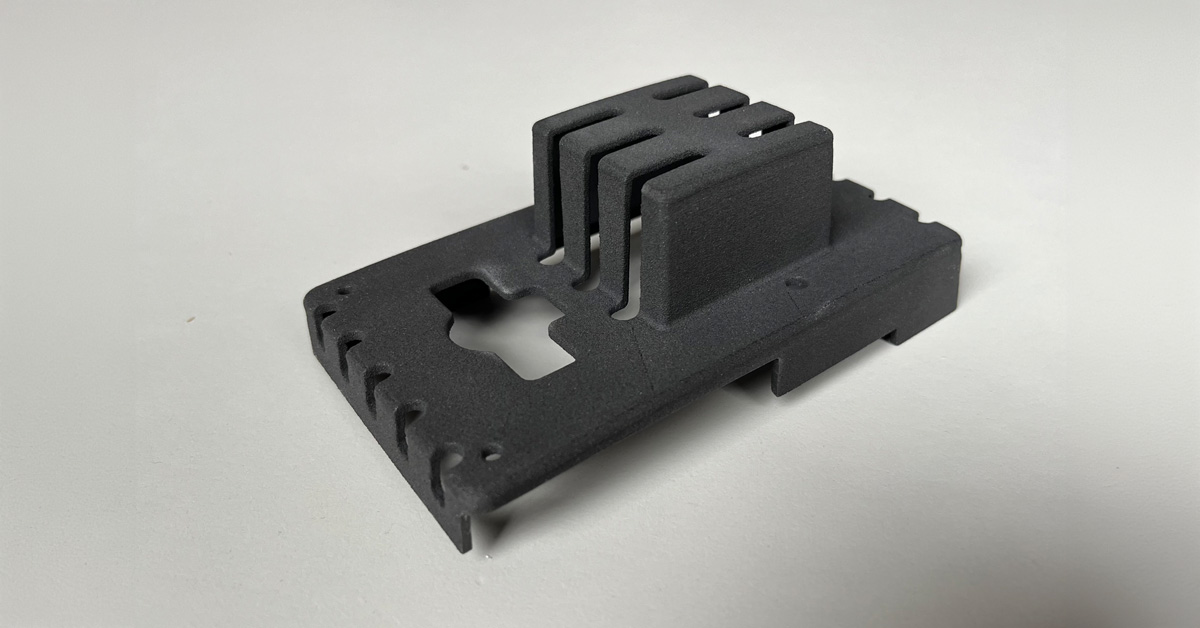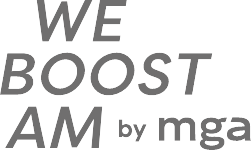The MGA-VDI Student Competition 2024 is over and it has been the largest and most successful instalment of this competition so far!
At EOS in Krailingen, one of the largest machine producers of Additive Manufacturing in the world, the 2024 MGA-VDI Student Competition brought together 13 interdisciplinary teams from universities across Germany and Switzerland, for 3 days.
Under the 2024 banner of Advanced Robotics, introduced by Professor Helge Wurdemann, a robotics expert from the University College of London, the students embarked on a new challenge: within just 48 hours they had to conceptualize and present a use case, together with a business plan, on the topic of robotics utilising the power of AM.
The event kicked off with a warm welcome from Marie Langer, CEO of EOS, setting the atmosphere for collaboration and innovation. Therefore, the weekend was filled with a lot of innovative discussions, not just within the teams, but also between our jurors during working hours, but also in the networking breaks for lunch and dinner. Additional inspiration came from the WIWeB (Wehrwissenschaftliches Institut für Werk- und Betriebsstoffe Erding of the Bundeswehr).
In fact, despite the tight timeframe, the results have exceeded expectations: Innovative Use Cases were created within the short time frame and some of the pitches given to the jury on Sunday rivalled those given by Start-Ups in front of investors.
All teams, some being there for the second or third time, came up with great ideas and well-funded documentation. Our jury had a very hard time choosing the winners, but in the heat of competition, “Pro Play Analytics” from Universität Innsbruck secured the first prize with their elaborate robotic golf trainer, easily wearable just as a sleeve. The team not only produced an innovative solution but backed their idea up with a solid business plan and marketing strategy. Not far behind came “GC3D-STL”, from the Berufsakademie Sachsen Staatliche Studienakademie Glauchau, with an innovative idea to re-make robotic arms, making them lighter and more adaptable. The third place was secured by “4Paws4Comfort”, from the University Innsbruck, thanks to their robotic prothesis for men’s best friends: dogs.
We want to dedicate a moment to thank all the people that contributed to make this event a success:
- the jurors Marc Fette, Linus Tillmann, Bianca Daiminger, Sascha Hartig & Patrick Gerhardt for mentoring (and evaluating) the teams;
- our hosts Jette Dietrich, Mariella Breinlinger, Lea Markievicz for hosting our nearly 100 people strong event at their premisses and also for printing the medals for our winners;
- our sponsors Autodesk, Airbus, Composite Technology Center / CTC GmbH (An Airbus Company), WIWeB, Helmut-Schmidt-Universität/Universität der Bundeswehr Hamburg and FFT Produktionssysteme GmbH & Co.KG for supporting the students not just on site, but also with great insights;
- the team facilitating on-site printing, Jannis Eckhoff, Eugen Musienko, Vincent Adomat, Maryam Ahanpanjeh, Florian Fuchs – without their help, printing the prototypes would not have been possible;
- PROTIQ for the 3D printed pens distributed to our students;
- And last but not least, thanks to the VDI e.V. and Nina Teßmer and Simon Jäckel for organizing the three-day marathon and hosting not just the students but also all the partners.
Looking ahead, mark your calendars for April 11-13, 2025, as the competition moves to Airbus premises in Stade. Help us find the future masterminds of AM, support the next generation and join us for another chapter in the journey of Additive Manufacturing innovation!




